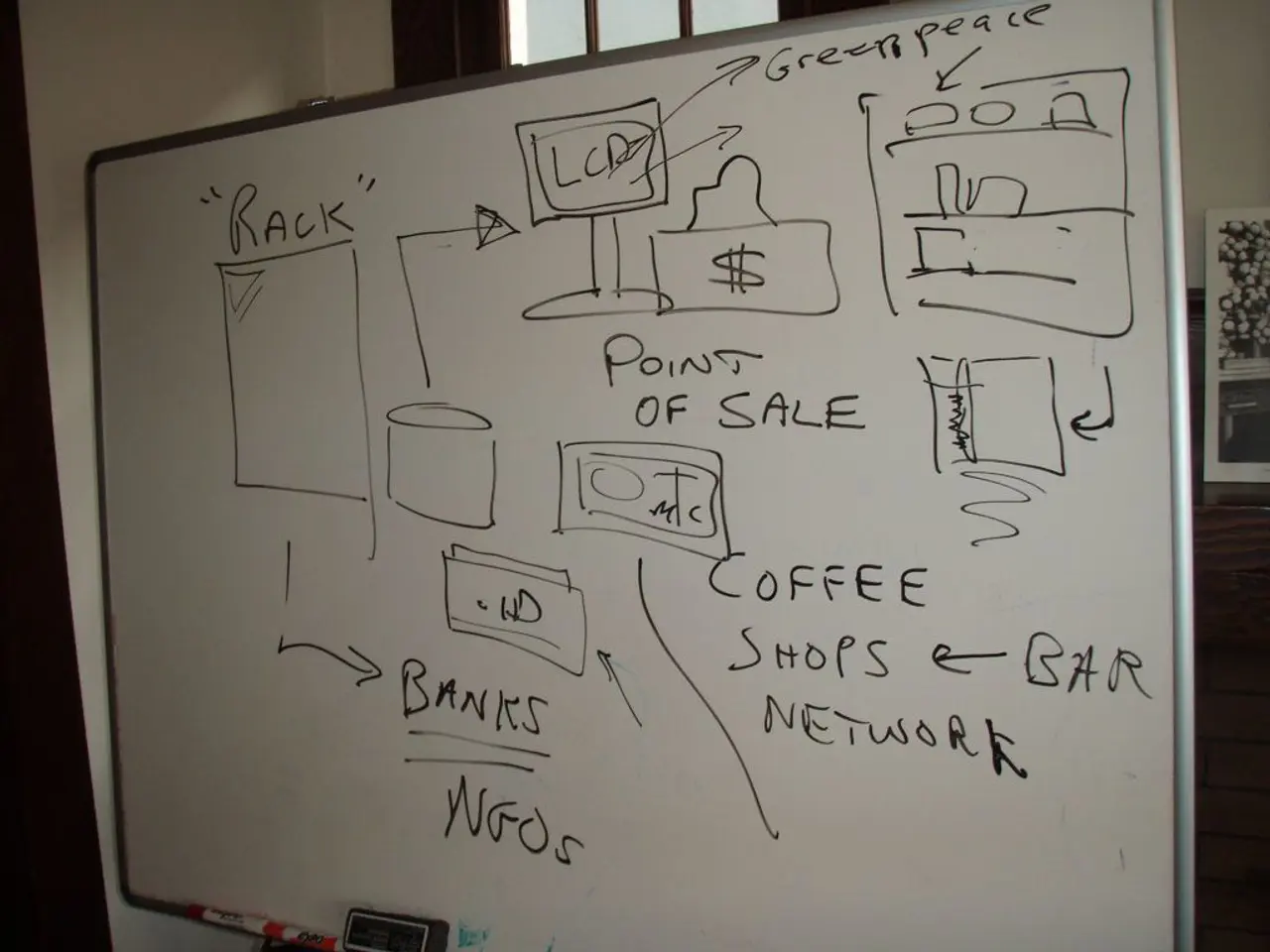Stealthy transformation unfolding before our eyes
The world of cybersecurity is on the brink of a significant transformation, as the emergence of a cryptographically relevant quantum computer (CRQC) looms closer than many technology leaders are willing to admit. This quantum era of cybersecurity, signalled by a recent executive order, marks the end of the classical encryption era.
Recent breakthroughs have accelerated the timeline for the emergence of a CRQC, making it a reality that is no longer a question of if, but when. The executive order's timeline requires new security protocols by 2030, reflecting a sobering reality that the arrival of a CRQC is imminent.
The challenge facing organizations today is maintaining current security while replacing its foundations with quantum-resistant security. The transition will not be a single migration but an ongoing process, requiring "crypto-agile" systems. The best time to deploy resilient countermeasures to ensure secrets remain secret and systems secure was yesterday, with the next best time being today, as the moment of cryptographic vulnerability is inching closer.
Post-quantum cryptography (PQC) standards are being finalized by NIST between 2024 and 2025, with algorithms like CRYSTALS-Kyber and CRYSTALS-Dilithium selected as first standards. Deployment and integration efforts are underway, especially in critical sectors such as finance, healthcare, defense, government, and cloud services. However, the transition remains complex due to the need to retrofit large legacy software systems and cryptographic infrastructures, a process expected to take years.
Adversaries are already capturing and storing encrypted data, wagering that future quantum capabilities will render today's protections obsolete, a tactic known as "harvest now, decrypt later" attacks. The consequences of delaying or failing to transition from classical cryptography to quantum-resistant methods are severe. Current widely-used algorithms such as RSA-2048, ECC, and SHA-256 can be broken in minutes by quantum algorithms like Shor’s algorithm, exposing sensitive data, communications, and systems—including blockchain—to decryption and attacks.
The differences between Y2K and the quantum threat are sobering, as we won't know when the moment of cryptographic vulnerability arrives, unlike the predictable Y2K event. The transition to quantum-resistant security represents the most comprehensive security transition in the history of digital communications, affecting every secure connection, digital signature, and encrypted database.
The acceleration of quantum-resistant security adoption represents a fundamental shift from reactive to preemptive cybersecurity. Quantum resilience is no longer a research curiosity or a marketing differentiator, but a survival requirement for those building the security infrastructure of tomorrow. Enterprises have reservations about quantum resistance, citing concerns over overhead costs, network slowdowns, and complexity. Nevertheless, proactive upgrades to security protocols like TLS and digital signatures are crucial to avoid future vulnerabilities.
In summary, the emergence of a CRQC is not a distant threat but a reality that is closer than many would like to admit. The transition to quantum-resistant security is a complex and ongoing process, but it is essential to ensure the confidentiality, integrity, and security of critical infrastructures and private information. The moment of cryptographic vulnerability is unpredictable, making early migration critical to avoid catastrophic breaches due to quantum-enabled decryption of current cryptographic protections.
[1] https://nist.gov/programs-and-projects/post-quantum-cryptography [2] https://www.whitehouse.gov/wp-content/uploads/2022/05/Executive-Order-on-Advancing-the-Use-of-Advanced-Cybersecurity-Technologies-and-Services-to-Secure-Federal-Networks-and-Enable-Mission-Outcomes-v2.pdf [3] https://www.nature.com/articles/nature25627 [4] https://www.nature.com/articles/nature25626
- In light of the imminent arrival of a cryptographically relevant quantum computer (CRQC), it is crucial for organizations to start implementing data-and-cloud-computing systems with quantum-resistant security protocols, ensuring the future safety of sensitive information in the cybersecurity realm.
- As cyberspace evolves towards a quantum era, technology leaders should prioritize the integration of post-quantum cryptography (PQC) standards like CRYSTALS-Kyber and CRYSTALS-Dilithium to secure their systems against potential quantum-enabled decryption of current cryptographic protections, which could lead to severe data breaches.




